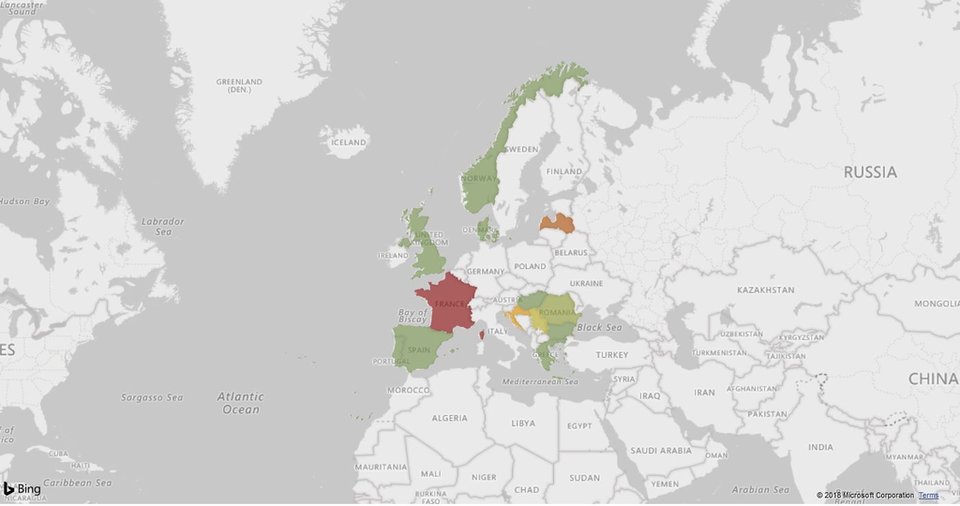
EUROPEAN GRAINS
WHEAT
European wheat samples showed a relatively low occurrence of mycotoxins in the 2018 harvest, with an average of 1.2 mycotoxins per sample. Although the average concentration of type B trichothecenes (DON group) was lower, at 203 ppb, this varied greatly by country, with a maximum level detected at 3,137 ppb.
Some samples of wheat also contained zearalenone, with a maximum detection in these samples of 87 ppb. Interestingly, Penicillium mycotoxins were detected in 24 percent of these samples — and, when detected, they presented at higher levels, to as much as 228 ppb.
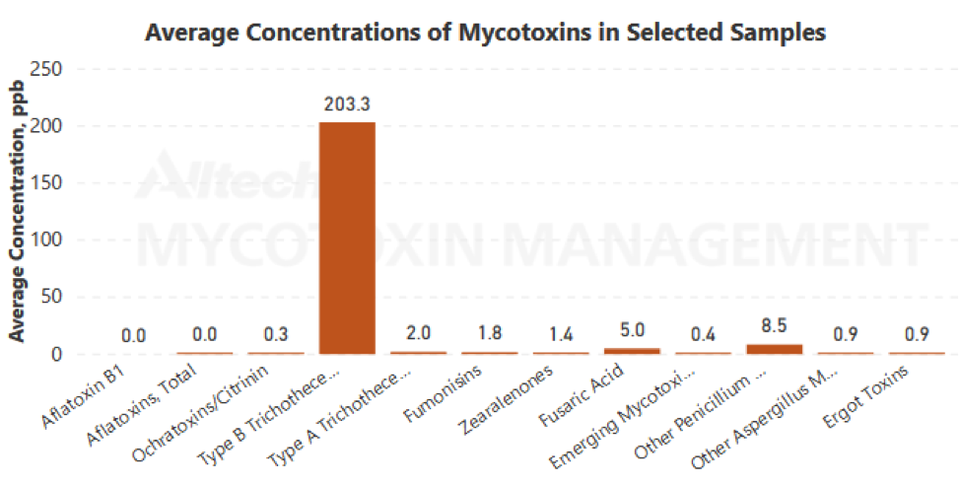
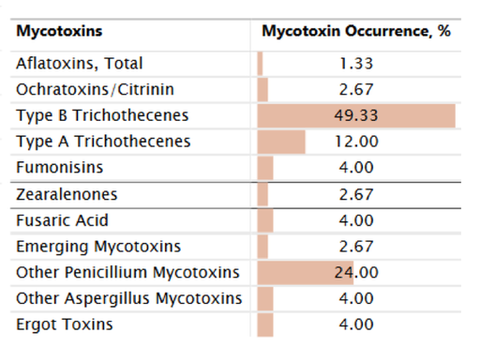
BARLEY
The European barley samples analyzed for the 2018 harvest revealed results similar to wheat in terms of the number of mycotoxins, with an average of 1.6 mycotoxins per sample. The average concentration of type B trichothecenes was lower, at 228 ppb, but this varied greatly by country and region, with a maximum level detected at 6,459 ppb, posing a higher risk for many animal species.
Some samples of barley also contained type A trichothecenes (14 percent), with an average of 13 ppb, but the maximum detected in these samples topped out at 331 ppb. Ergot toxins were detected in a small percentage of samples, but some of the levels measured were very high, at 3,055 ppb. Additionally, Penicillium mycotoxins were detected in some samples at levels that measured up to 186 ppb.
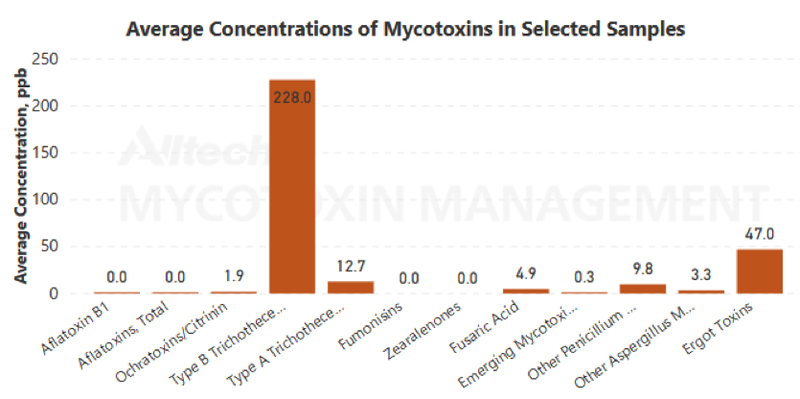
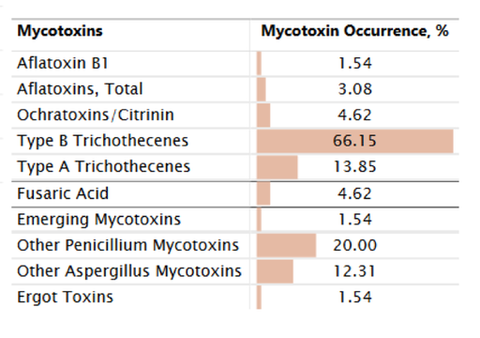
HOVER TO REVEAL REQ MAPS
“These mycotoxins can affect animal performance and health, due to lower feed intake, gut health, reproduction and immune response,” said Dr. Max Hawkins, nutritionist with the Alltech® Mycotoxin Management program. “Testing feedstuffs and finished feeds is important for livestock producers to understand these risks.”
Establishing a management program for optimum livestock performance and health is important to understanding the risk of mycotoxins. For more information on mycotoxin management, visit www.knowmycotoxins.com.
BARLEY REQ FOR SOWS
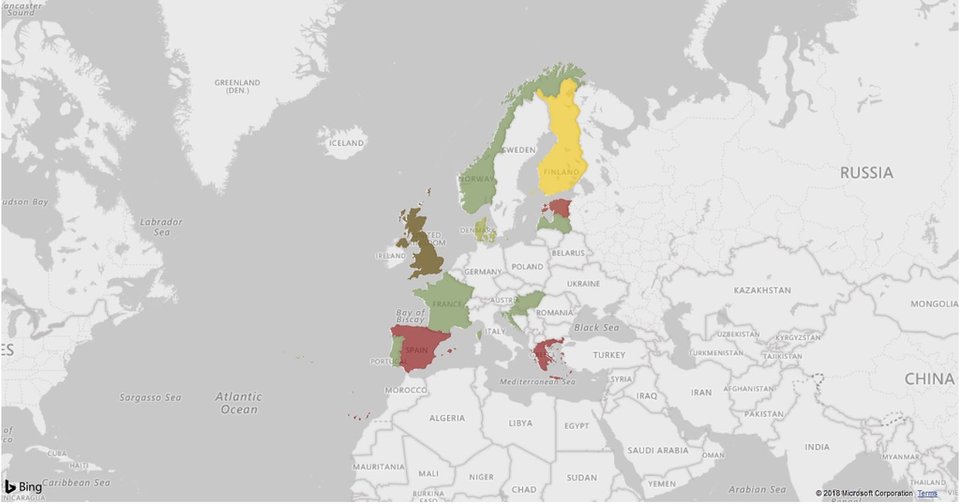
BARLEY REQ FOR LAYERS
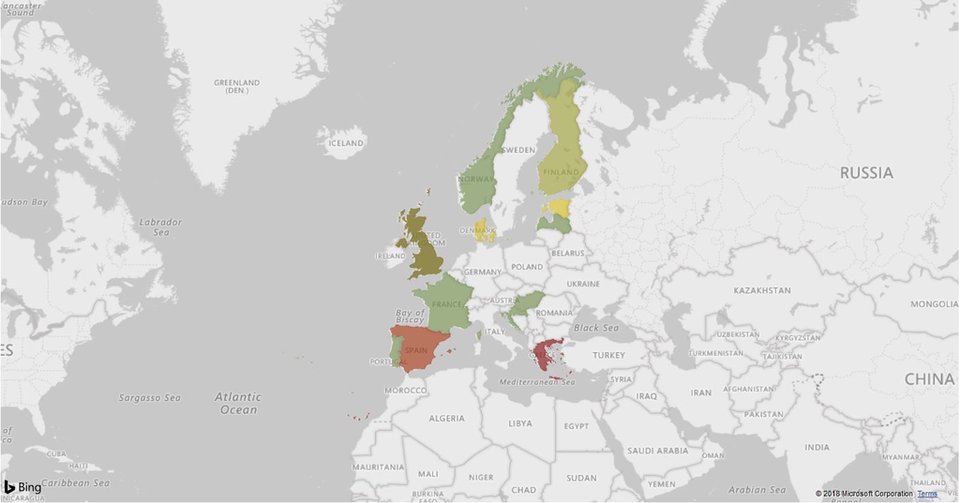
WHEAT REQ FOR SOWS

WHEAT REQ FOR LAYERS
